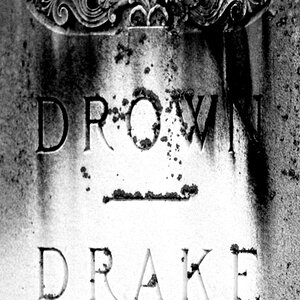benjyman345
TPF Noob!
- Joined
- Sep 26, 2006
- Messages
- 152
- Reaction score
- 0
hello,
I want to take a long exposure photo of the night sky and stars so that you can see the movement of the stars in the photo.
What is the best settings to use to achieve this?
Shutter time? (30mins, hour etc?)
Appeture?
What film? (100, 200, 400?)
What ISO should i set the camera to? (the same as the film or diffferent)
Anything else i should know or consider?
(I have a remote shutter release button and lock and tripod)
thanks
I want to take a long exposure photo of the night sky and stars so that you can see the movement of the stars in the photo.
What is the best settings to use to achieve this?
Shutter time? (30mins, hour etc?)
Appeture?
What film? (100, 200, 400?)
What ISO should i set the camera to? (the same as the film or diffferent)
Anything else i should know or consider?
(I have a remote shutter release button and lock and tripod)
thanks


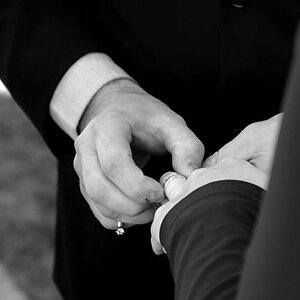


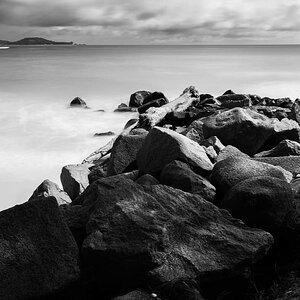
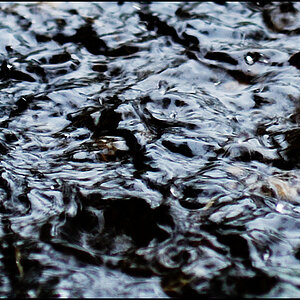
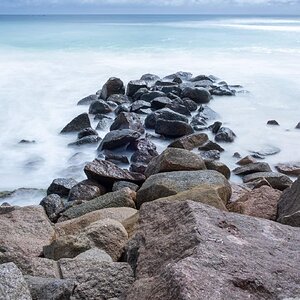

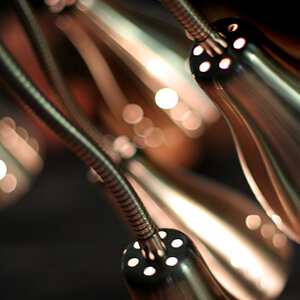
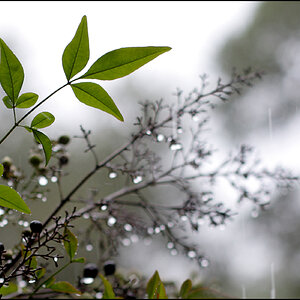
![[No title]](/data/xfmg/thumbnail/34/34061-e097813b3719866d07ff3e78e8119ffa.jpg?1619736258)
